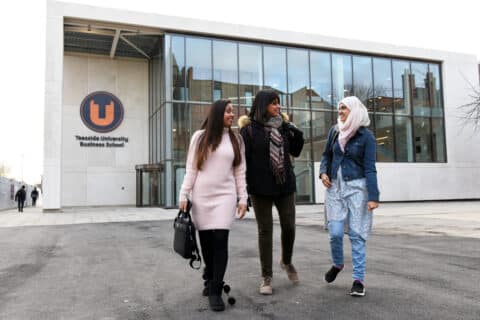“Nobody should be put off going to University because of fears about their safety. If my children choose that path, I would expect my daughter to be as safe as my son on any campus in this country. This taskforce will ensure that universities have a plan to stamp out violence against women and provide a safe environment for all their students. We do not tolerate this behaviour in any part of society and I’m not prepared to let it take place on university campuses unchecked.” [UK Business Secretary Sajid Javid, who asked Universities UK to set up a task force to address a range of safety issues in 2015.] (1)
But five years later in 2020, the Office for Students found that progress in adopting the task force’s recommended approaches was slow and not widespread or consistent across the sector. The slow adoption among some universities is puzzling given Universities have strong clear legal duties through the Equalities Act 2010 and the Public Sector Equality Duty, according to former Minister of State for Universities, Jo Johnson. (2)








